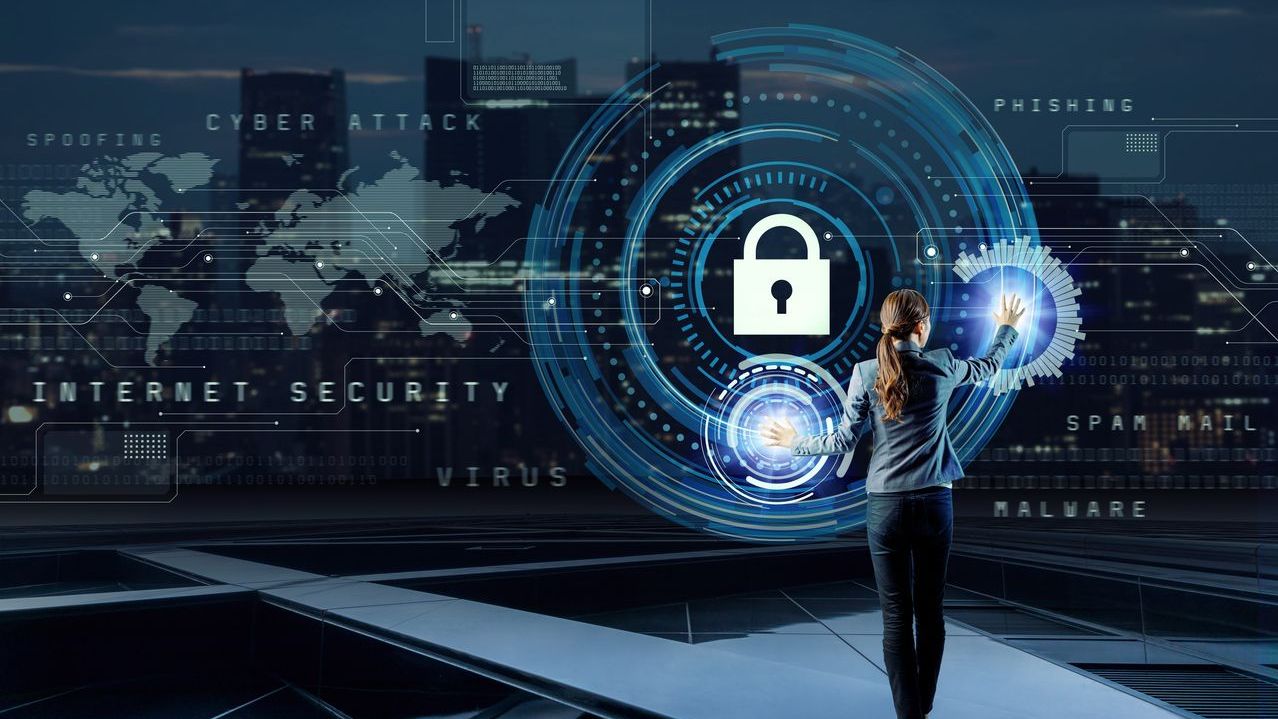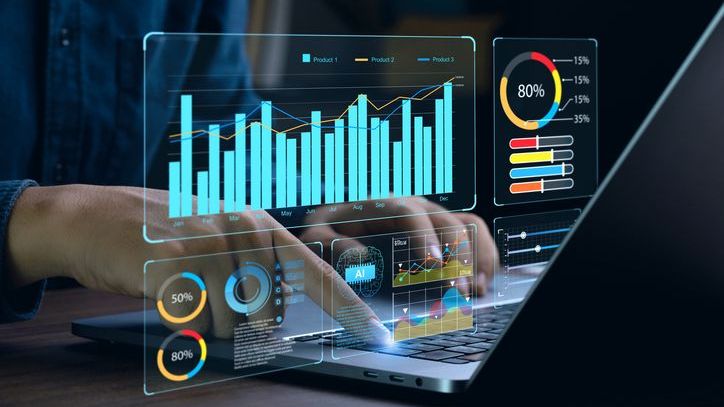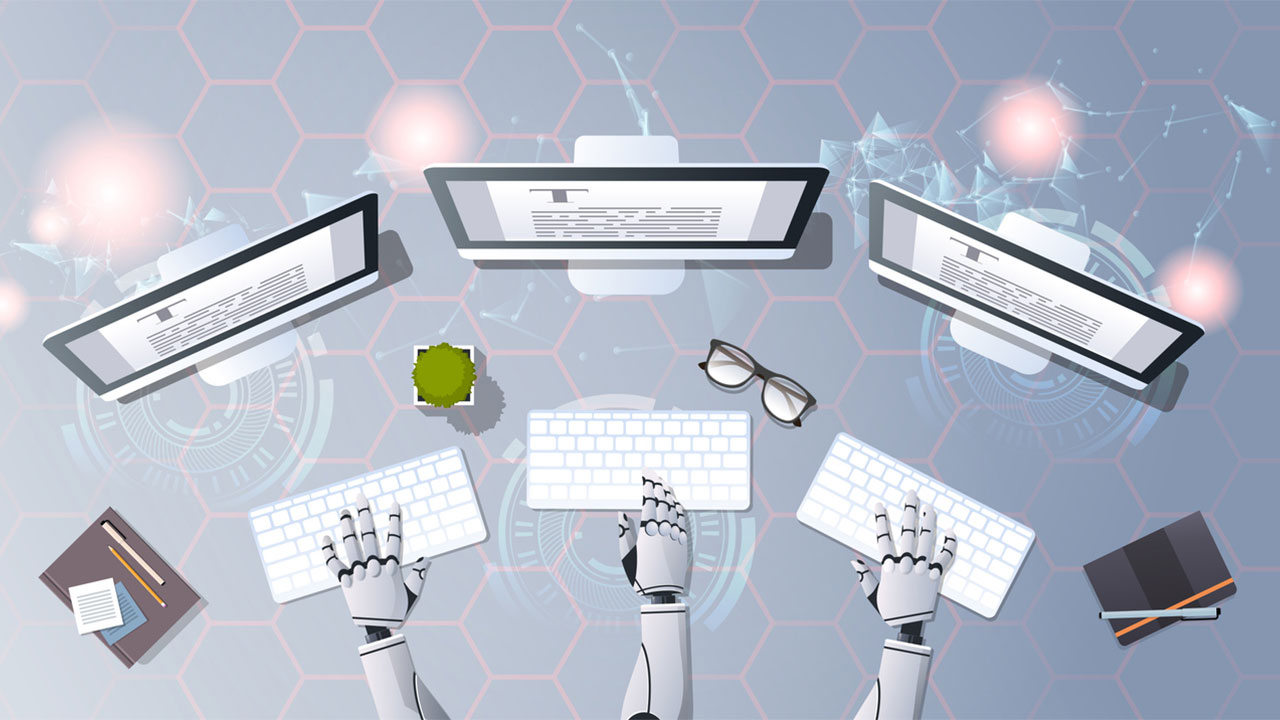The old adage about criminal hackers only having to get it right once has never been truer. And MSPs are at the frontline of defense, tasked with protecting their clients from increasingly sophisticated threats.
Whether MSPs or vendors, there are many threats atop channel professionals’ cybersecurity nightmare lists. Here’s a look at five key cybersecurity trends impacting MSPs and actionable insights on how to address them.
No. 1 AI-powered Cyber Threats

Rick Mancinelli
AI is transforming the cybersecurity landscape — but not always for the better. MSPs are facing a new wave of AI-generated threats, including deepfakes that can deceive even the most vigilant employees. “AI is my number one nervous point,” emphasized Rick Mancinelli, CEO of C3 Complete, a South Florida-based MSP with five offices and around 50 employees.
Take, for example, the scam with AI-generated deepfakes of a Hong Kong company’s employees, including the CFO, which tricked a finance worker into sending $25 million to the scammers.
Preventing elaborate scams with deepfakes is tough. Mancinelli highlighted that “three of four breaches are biological, not technological.” For MSPs, this means investing in client education and awareness programs to ensure that users are prepared to spot and report suspicious activities.
No. 2 Targeted Attacks on High-value Sectors
Industries such as finance, healthcare, and utilities are heavily targeted by cybercriminals. BlackBerry’s June cybersecurity report showed that 60% of attacks were aimed at these sectors.
MSPs need to be proactive in identifying vulnerabilities within these critical industries and deploying robust defenses. Threat actors are researching their targets more thoroughly, according to Ismael Valenzuela, vice president of threat research & intelligence at BlackBerry. “[They are] shifting toward spear-phishing attacks of an individual or high value target.”
Add in the fact many organizations deploy so many systems it can become “Overwhelmingly difficult to patch all exploits and vulnerabilities in an adequate time.”
No. 3 Credential Stuffing and Account Takeovers
Credential stuffing remains a persistent threat, particularly for high-profile users. MSPs should regularly review and strengthen client password policies and implement multifactor authentication (MFA) across all accounts.

Alex Lanstein
Services providers also should look out for the potential recurrence of the recent credential-stuffing hack of cloud services provider Snowflake. It’s important to focus on VIP users, perhaps demonstrating the vulnerabilities in current password practices, advised Alex Lanstein, director of research at StrikeReady, a vendor-agnostic middle layer for security operations. “Maybe give those passwords a second look and see if they use password patterns.”
An MSP that shows a CEO their current password will make a good impression on that client, thereby encouraging the adoption of stronger security measures.
No. 4 Ransomware as a Service
Ransomware attacks are becoming more prevalent, driven by the rise of ransomware as a service, Valenzuela said. This method allows even novice hackers to deploy powerful ransomware tools. “Malware groups are selling their malicious ransomware code to other threat actors, thus expanding their reach and destructive capabilities,” Valenzuela said.
So, it is essential for MSPs to verify the integrity and security of their clients’ backup strategies. They must stay ahead of the curve by ensuring that clients’ backup systems are properly air-gapped and regularly tested. “Ransomware hackers will encrypt a company’s backup first, then attack the company directly,” Mancinelli warned.
No. 5 Addressing the Cybersecurity Talent Gap
Finding skilled cybersecurity professionals is a significant challenge for MSPs. To bridge this gap, MSPs like C3 Complete are partnering with educational institutions to cultivate the next generation of cybersecurity talent.

Ismael Valenzuela
Mancinelli said his collaboration with Florida Atlantic University exemplifies how MSPs can build a pipeline of qualified professionals. “The students need knowledge of networking, scripting and coding, and systems engineering.”
Meanwhile, Valenzuela recommended blending employee training, education, and certification programs for continuous professional development. In addition, using automation, AI, and machine learning-based tools can augment existing teams and streamline everyday workflows.
Navigating the Future of MSP Cybersecurity
These trends illustrate that services providers must adapt to the evolving cybersecurity landscape. MSPs can protect their clients and maintain their competitive edge by staying informed about emerging threats and proactively implementing advanced security measures.
Vendor insights and strategies should be integrated into the MSP’s overall approach, ensuring a comprehensive and effective defense against cyber threats. Through a combination of technology, training, and strategic partnerships, MSPs can not only mitigate risks but also position themselves as trusted security advisors in a rapidly changing digital world.
Lanstein said if he were to start an MSP, his approach would be to tell a story about his work in blocking threats. “Go back three months, show the exploits you stopped, and give examples of others who suffered when they didn’t have that protection.”
Image: iStock














